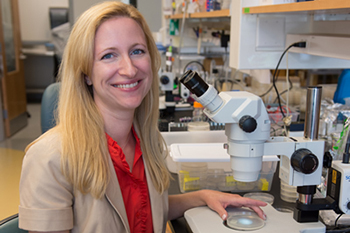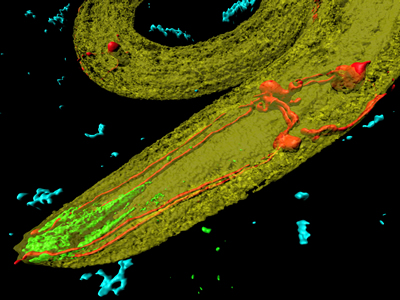Celebrating a Decade of Gravitational Waves
Ten years ago, a faint ripple in the fabric of space-time forever changed our understanding of the Universe. On Sept. 14, 2015, scientists at the Laser Interferometer Gravitational-Wave Observatory (LIGO) made the first direct detection of gravitational waves—disturbances caused by the…



